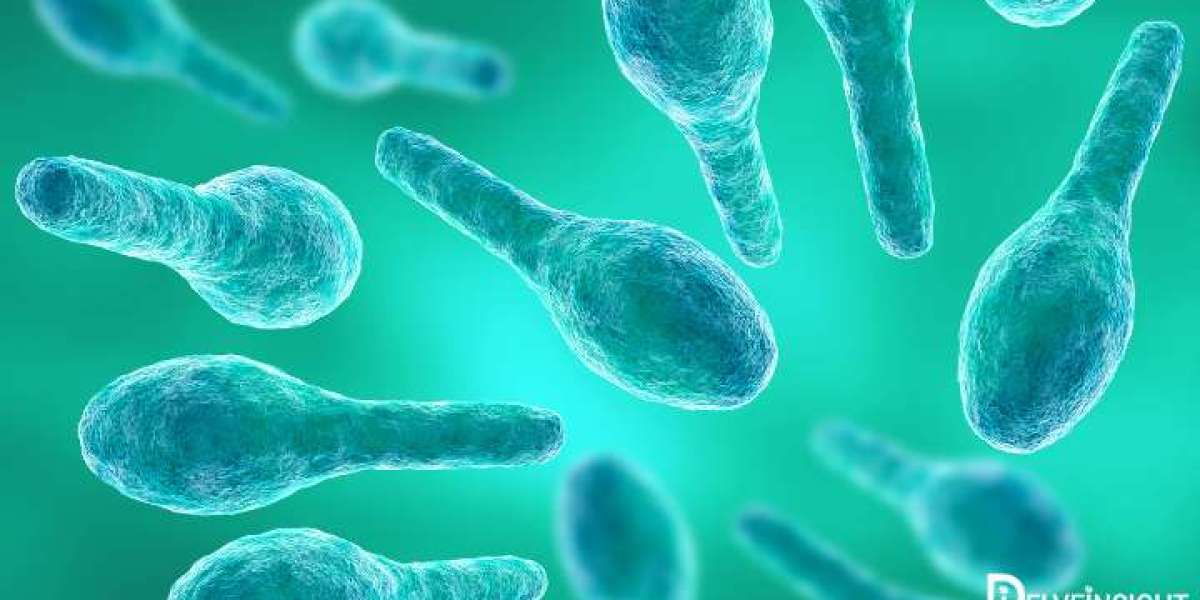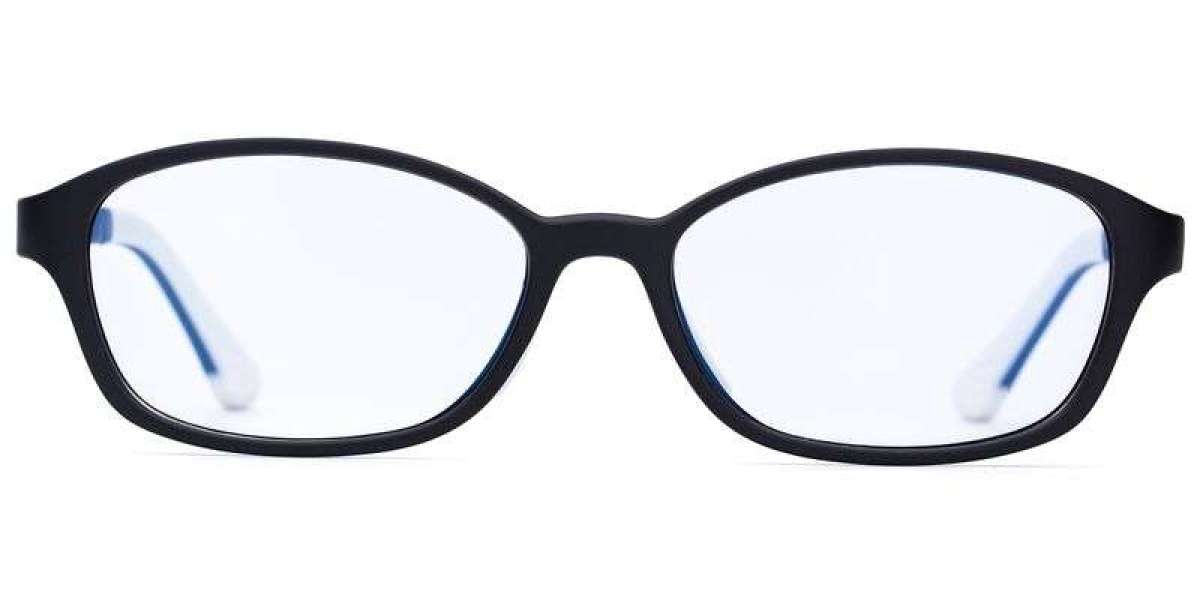1. The Promise of Nucleic Acid Therapies
Nucleic acid-based therapies leverage DNA, RNA, or synthetic oligonucleotides to correct or compensate for the genetic mutations that underlie neuromuscular disorders. Unlike traditional drugs, which target symptoms, these therapies aim to address the root cause at the molecular level. They can either repair defective genes, modulate RNA expression, or silence mutated transcripts to restore proper cellular function.
These precision-based therapies offer personalized treatment options, especially for disorders with well-defined genetic causes, such as DMD and SMA.
2. RNA Therapeutics: Changing the Genetic Code in Real-Time
RNA therapeutics are designed to alter RNA molecules to correct gene expression. This approach includes mRNA-based therapies, which deliver functional messenger RNA to cells, and small interfering RNA (siRNA) molecules that can silence defective genes. These therapies are gaining momentum, particularly with the success of mRNA vaccines and exon-skipping technologies used in DMD treatments like eteplirsen.
In DMD, exon-skipping drugs enable cells to skip over defective portions of the DMD gene during translation, producing a truncated but functional dystrophin protein to slow muscle deterioration.
3. Antisense Oligonucleotides (ASOs): Precision Correction for RNA
ASOs are short, synthetic nucleic acid strands designed to bind to specific RNA sequences, altering RNA splicing or blocking faulty gene expression. Approved ASO therapies, such as nusinersen for SMA, have already demonstrated the potential of this technology in reversing neuromuscular decline.
Nusinersen targets RNA splicing to boost the production of functional SMN protein, which is deficient in SMA patients, improving muscle function and survival.
ASOs are also being investigated for use in ALS, DMD, and other neuromuscular disorders to modulate gene expression precisely and slow disease progression.
4. Gene Therapy: Long-Term Solutions Through DNA Repair
Gene therapy offers the possibility of a one-time treatment by directly delivering functional copies of defective genes into patient cells. Using viral vectors, such as adeno-associated viruses (AAVs), these therapies deliver therapeutic genes to muscle cells or neurons, restoring protein production and function.
In DMD, ELEVIDYS, Sarepta’s AAV-delivered gene therapy, introduces a micro-dystrophin gene to compensate for the missing dystrophin. Similarly, Zolgensma, an AAV-based gene therapy for SMA, replaces the faulty SMN1 gene to prevent motor neuron loss. These therapies have shown profound, life-changing impacts on patients.
5. Challenges and Future Directions
Despite their promise, nucleic acid therapies face several challenges:
Immune Responses: Delivering viral or nucleic acid-based therapies can trigger immune reactions, which need to be managed through immunosuppressive regimens.
Manufacturing and Delivery: Scaling up production of nucleic acids and ensuring efficient delivery to target tissues—especially large muscle masses—remain hurdles for widespread use.
Durability of Treatment: Questions remain about how long the effects of gene and RNA-based therapies will last, and whether re-administration will be needed in the future.
The future of nucleic acid therapies lies in improved delivery systems, including non-viral vectors and tissue-specific targeting technologies, to enhance precision and reduce side effects. In parallel, gene-editing tools like CRISPR are being explored to offer permanent cures by directly repairing genetic mutations.
6. Conclusion
Nucleic acid therapies are transforming the treatment landscape for neuromuscular disorders by offering targeted, disease-modifying solutions. From RNA therapeutics that correct gene expression to gene therapies that replace defective DNA, these innovations represent a shift from managing symptoms to addressing the root causes of NMDs. While challenges remain, ongoing research and advancements in delivery technologies are bringing us closer to personalized, long-term solutions for patients with DMD, SMA, ALS, and beyond. As nucleic acid therapies evolve, they offer the hope of curing previously untreatable disorders and improving the lives of countless individuals.
Latest Reports
Chronic Rhinosinusitis Market | Critical Limb Ischemia Market | Deep Vein Thrombosis Market | Eosinophilic Asthma Market | Familial Amyloid Polyneuropathy Market | Fibrocystic Breast Condition Market | Helicobacter Pylori Infections Market | Hepatic Encephalopathy Market | Human Papilomavirus Market | Immunologic Deficiency Syndrome Market | Neuroblastoma Market | Nipah Virus Infection Market | Non Alcoholic Fatty Liver Disease Nafld Market | Opioid Induced Constipation Market | Parkinson’s Disease Market | Pcsk9 Inhibitor Market | Pediatric Obesity Market | Spasticity Market | Thymic Carcinoma Market | West Syndrome Market | 22q11.2 Deletion Syndrome Market | Acute On Liver Failure Market | Acute Pancreatitis Market | Acute Pharyngitis Market | Ada-scid Competitive Landscape | Adrenal Cortex Neoplasms Market | Adrenal Insufficiency Market | Adult Myopia Market








